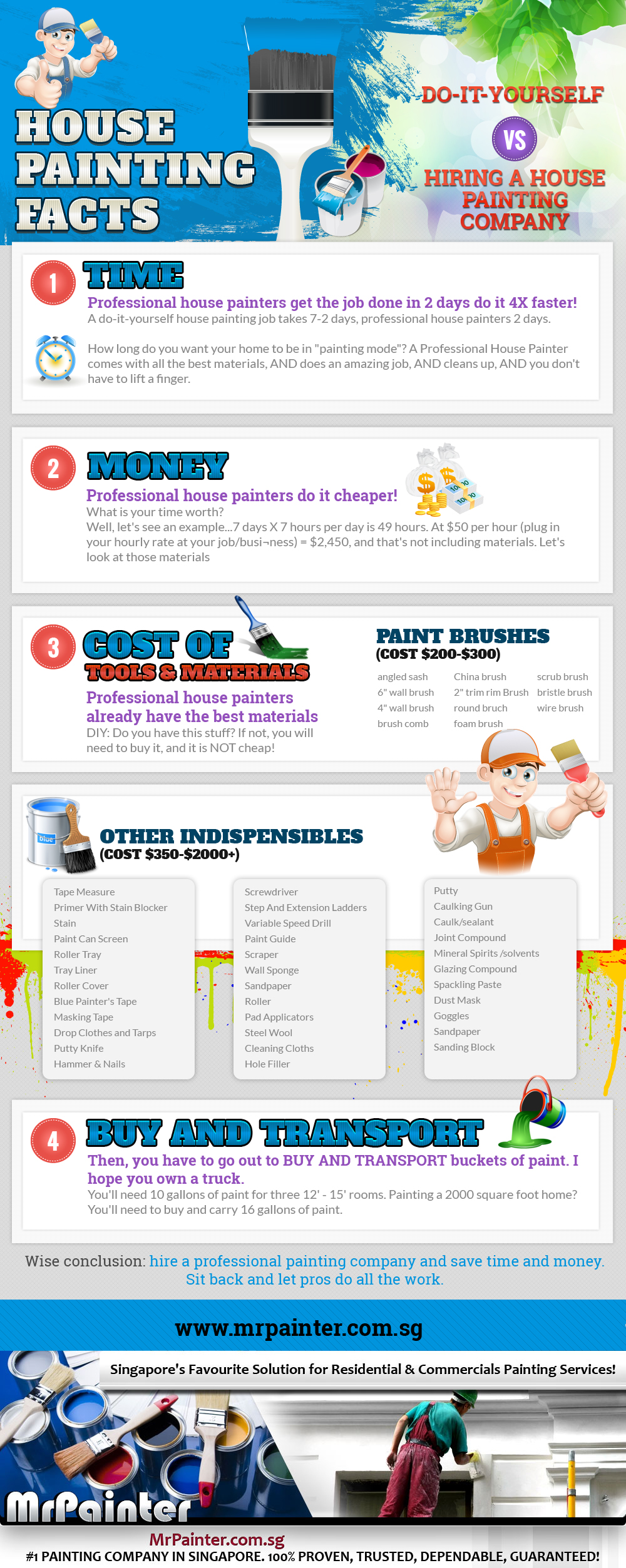Vital Seasonal Aspects Of Commercial Outside Painting: What You Should Recognize
Vital Seasonal Aspects Of Commercial Outside Painting: What You Should Recognize
Blog Article
Post Written By-Regan Whalen
When you're planning an industrial outside paint job, seasonal variables can make or damage your outcomes. You'll intend to consider just how temperature level and humidity effect paint application and drying times. Choosing the appropriate season can guarantee your paint sticks properly and lasts much longer. But which periods are really the most effective for this type of work? Allow's discover the crucial elements that can influence your job's success.
The Influence of Temperature Level on Paint Application
When you're planning an industrial external painting job, the temperature level can significantly influence how well the paint sticks and dries.
Preferably, you wish to paint when temperatures vary between 50 ° F and 85 ° F. If it's also chilly, the paint may not heal correctly, bring about issues like peeling off or fracturing.
On the flip side, if it's also warm, the paint can dry out also promptly, protecting against proper bond and causing an irregular coating.
You ought to additionally take into consideration the moment of day; morning or late afternoon provides cooler temperature levels, which can be much more positive.
Constantly check the manufacturer's recommendations for the certain paint you're utilizing, as they commonly supply support on the suitable temperature level array for optimum results.
Moisture and Its Result on Drying Times
Temperature isn't the only environmental variable that influences your industrial outside paint project; moisture plays a substantial function also. Read the Full Content can reduce drying out times significantly, influencing the overall quality of your paint job.
When the air is filled with dampness, the paint takes longer to heal, which can cause issues like bad bond and a greater risk of mold development. If you're repainting on a particularly damp day, be planned for prolonged delay times between coats.
It's important to keep track of local climate condition and strategy accordingly. Ideally, go for humidity levels in between 40% and 70% for optimum drying.
Maintaining these factors in mind guarantees your job stays on track and provides a long-term coating.
Best Seasons for Commercial Exterior Painting Projects
What's the very best time of year for your industrial external painting tasks?
simply click for source and early loss are usually your best choices. Throughout these periods, temperatures are mild, and moisture degrees are commonly reduced, developing excellent conditions for paint application and drying.
Avoid summer season's intense heat, which can trigger paint to completely dry as well promptly, causing bad adhesion and surface. In a similar way, winter months's cold temperature levels can impede correct drying out and treating, risking the long life of your paint task.
Aim for days with temperature levels between 50 ° F and 85 ° F for ideal results. Keep in mind to check the neighborhood weather prediction for rain, as wet conditions can destroy your task.
Planning around these factors guarantees your paint project runs smoothly and lasts much longer.
Conclusion
In conclusion, intending your commercial external painting tasks around seasonal considerations can make a significant difference in the outcome. By scheduling job during the ideal temperature levels and humidity degrees, you'll ensure much better attachment and drying out times. Keep in mind to keep an eye on regional weather report and choose the correct time of year-- spring and early autumn are your best bets. Taking these actions will assist you attain a long lasting and professional finish that lasts.
